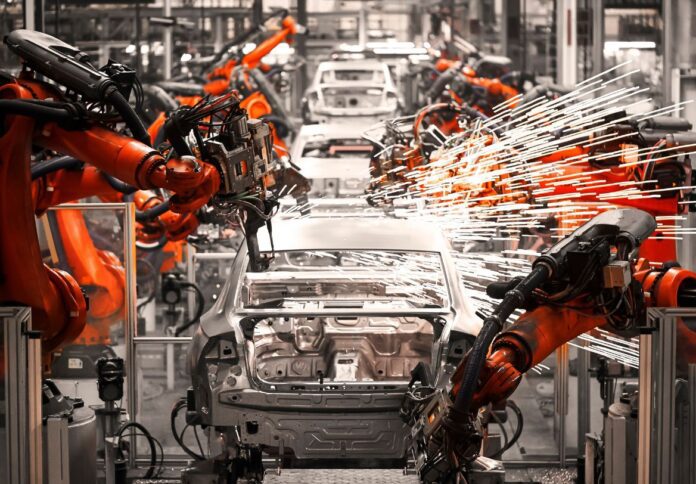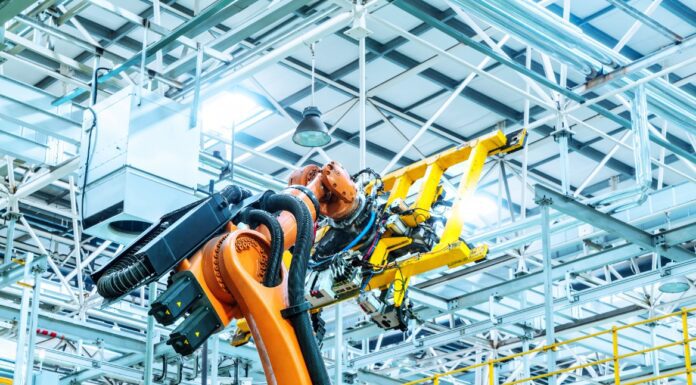
The Australian manufacturing sector, long considered the backbone of the nation’s economy, is standing at a crossroads in 2025.
As global competition intensifies and technological advancements redefine industry landscapes, Australian manufacturers are grappling with a slew of challenges — but also seizing opportunities to innovate and thrive.
In 2025, Australian manufacturing will contribute approximately 6 per cent to the national GDP and employ over 850,000 people.
While the sector has rebounded from the disruptions caused by the COVID-19 pandemic, new pressures have emerged. Supply chain fragility, rising energy costs, and a growing skills gap are among the top concerns.
Supply chain vulnerabilities remain a critical issue, with over 60 per cent of manufacturers experiencing delays in essential materials, according to the Australian Industry Group.
To counter this, many businesses are onshoring operations and diversifying suppliers, supported by the Australian Government’s Modern Manufacturing Strategy.
Labour shortages persist, particularly in roles requiring advanced digital skills. Initiatives like the National Skills Agreement aim to align training with industry needs, while automation and robotics adoption help bridge the workforce gap.
Collaborative robots (cobots) are becoming common in industries such as automotive and food production.
Energy costs, a long-standing concern, are being addressed through renewable energy integration.
Projects led by companies like Fortescue Future Industries showcase the potential of green hydrogen and other cleaner energy solutions.
Meanwhile, sustainability efforts are gaining momentum, with programs like the Australian Packaging Covenant Organisation encouraging manufacturers to adopt circular economy principles.
Success stories, such as Carbon Revolution’s lightweight carbon-fibre wheels and Cochlear’s advanced hearing implants, highlight the potential for Australian manufacturers to lead in innovation and exports.
Initiatives like the $15 billion National Reconstruction Fund are further fueling growth in sectors such as clean energy and critical minerals.
The future of Australian manufacturing depends on collaboration, investment, and a commitment to sustainable practices.
By addressing current challenges head-on, the sector is well-positioned to thrive in a competitive global market.
For more industry updates, visit Australian Manufacturing.




















